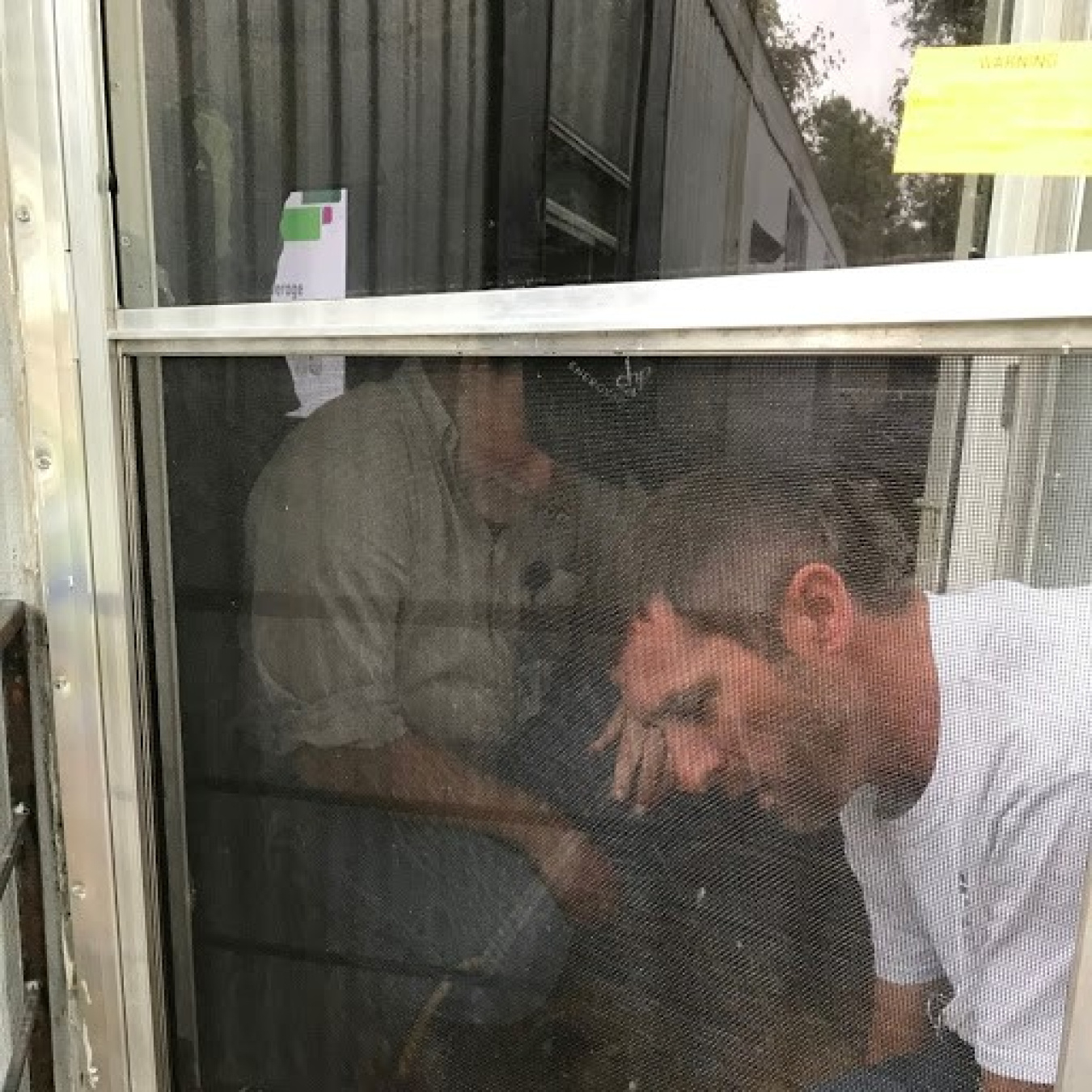Cold weather is just around the corner, and even if it is still nothing but sunlight and cool days in your neighborhood, preparing for winter now can save you money and keep you warmer when the cold air arrives. Here are some simple steps you can take now to stay warm this winter.

1. Spruce Up the Fireplace
Winter time is best time to build a fire in the fireplace and enjoy the warmth it brings to the house. But before you bundle up in front your fireplace, give it some love.
First, consider replacing your inefficient wood-burning fireplace with a more efficient wood stove or gas insert. It can turn your fireplace from a pretty--but high–maintenance--feature into a viable way to heat your home. Converting your fireplace will not only save you on monthly heating costs, it could even put money back in your pocket. Some states offer rebates or tax credits for upgrading your inefficient fireplace.
If you aren't interested in updating your fireplace, try adding glass doors with a heat-air exchange system, and make sure your fireplace is cleaned and your flue damper properly sealed. You should also try to keep the fireplace damper closed unless you have a fire burning.
2. Reverse Your Fan
In the summertime a fan is a wonderful way to keep cool, but your fan can also help circulate warm air in the winter. When you reverse the direction of your fan (there's a little switch on the motor housing), the fan will push warm air downward and recirculate it through the room. To ensure your fan is spinning in the correct direction, set it so the blades are spinning clockwise when you look up.
3. Prep Your Lawn for Hibernation
Landscaping can save you energy if properly cared for and planned. Windbreaks can help block the cold winter wind and keep your home warmer. A wall or fence, evergreen trees, and shrubs planted on the north, west, and east sides of your home can be most effective in creating a windbreak and reducing heating costs.
To ensure heavy snowfall doesn't snap branches that could provide wonderful cooling shade in the summer months, shake snow-laden tree branches with a mop or broom to relieve some of the weight.
4. Air Seal Then Insulate
Reducing the amount of air that leaks in and out of your home is a cost-effective way to cut heating and cooling costs, improve durability, increase comfort, and create a healthier indoor environment. Caulking and weatherstripping are two simple and effective air-sealing techniques that offer quick returns on investment, often one year or less
5. Windows, Windows, Windows
Your windows do more than provide a view of snow-covered yards. They also provide a barrier to the cold. Windows with low-e coating reduce heat loss and even reflect back part of the room's heat. Installing storm windows can also reduce heat loss through windows by approximately 10%-20%.
While it may seem like the summer days are endless, winter is just around the corner and prepping your home now means more relaxing when the temperature drops.
Read more about sustainability and implementing energy measures within your home on our Energy Savers blog.
